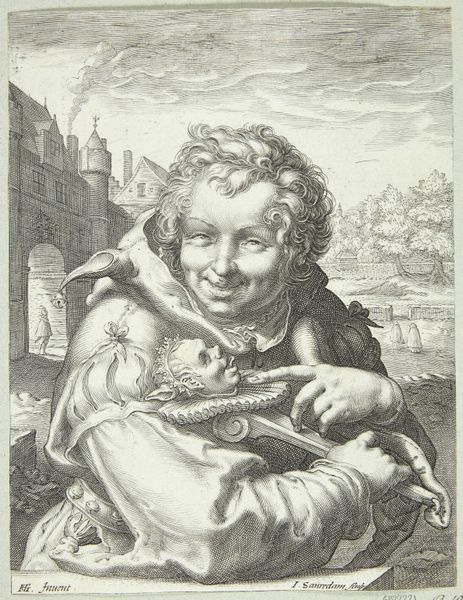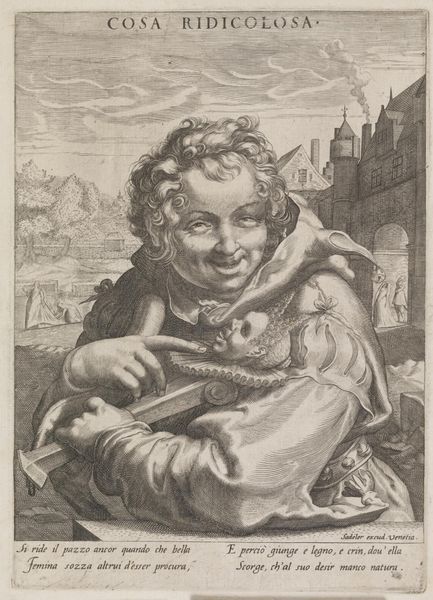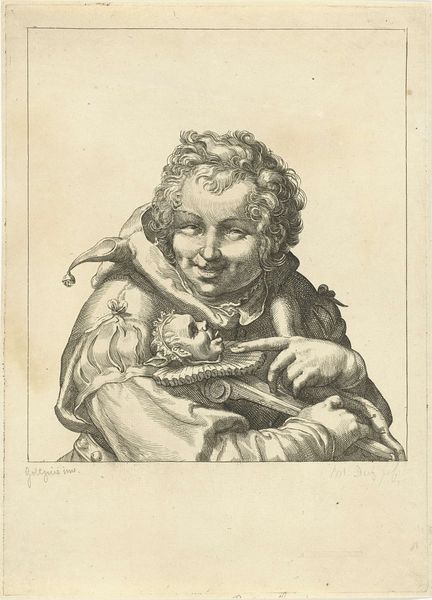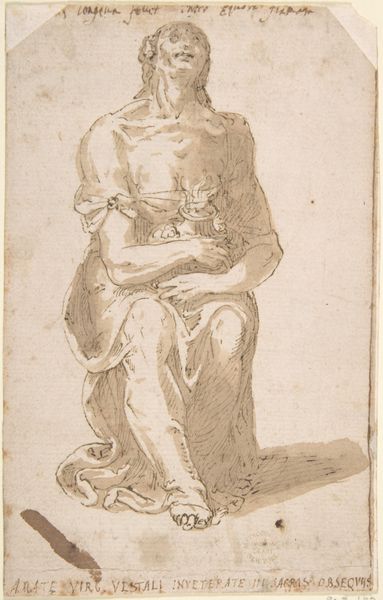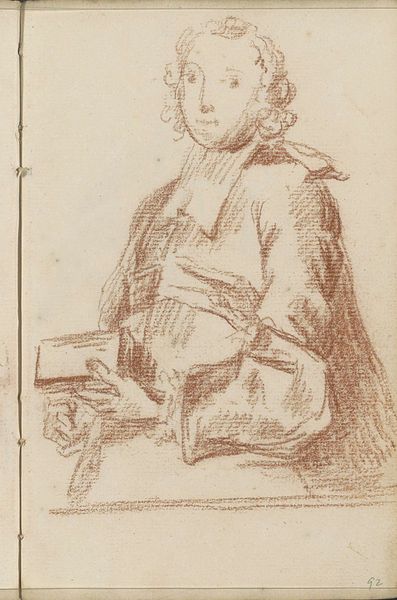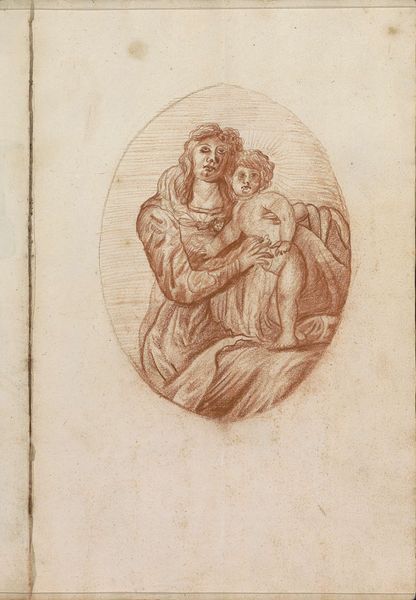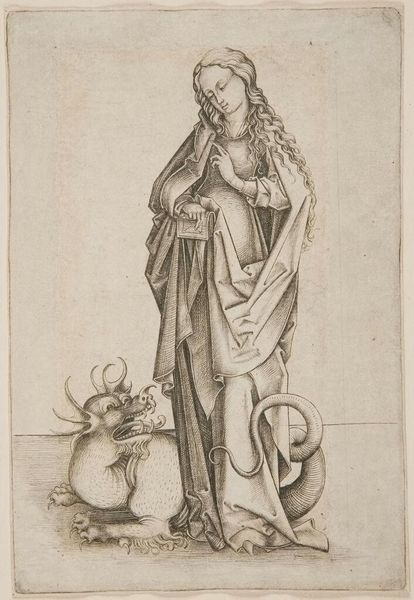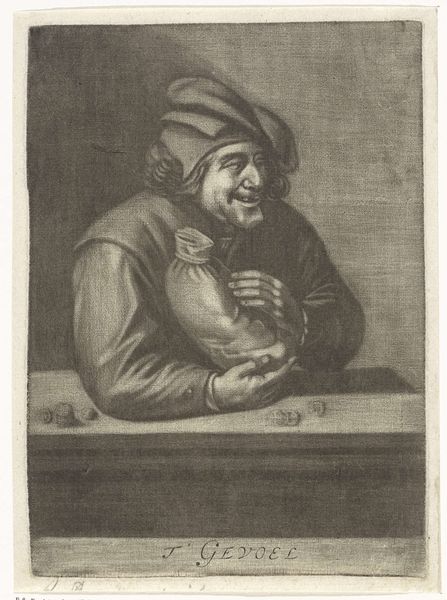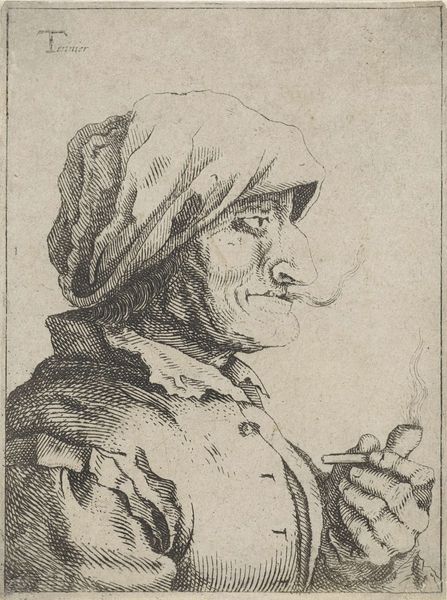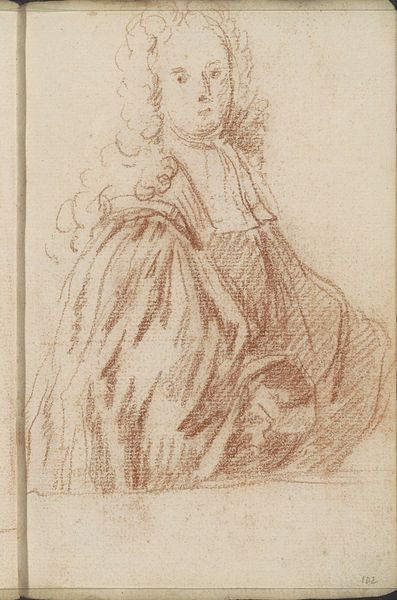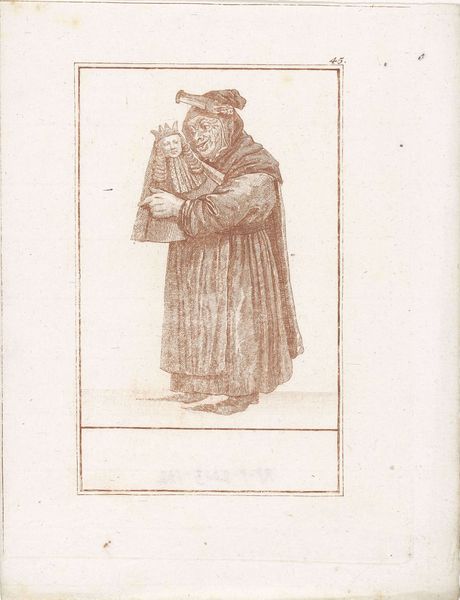
drawing, pen
#
portrait
#
drawing
#
baroque
#
pencil drawing
#
pen
#
portrait drawing
#
genre-painting
Copyright: Rijks Museum: Open Domain
Hendrick van Beaumont created this sanguine drawing of a laughing jester, holding a staff, sometime during the 17th century. The figure of the fool had a complex position in early modern European societies. On the one hand, they were figures of ridicule, often associated with the lower classes. On the other, they had privileged access to the highest echelons of power, as advisors in royal courts. Perhaps this is one reason why the jester became such a popular character in paintings, prints, and drawings, particularly in the Netherlands and elsewhere in Northern Europe. The jester could get away with mocking social conventions, even critiquing the rich and powerful. It’s worth asking, what kind of social critique could be voiced through this figure? The image’s meaning depends on its context. To understand that context, a good art historian turns to sources such as contemporary literature, theater, and social histories.
Comments
No comments
Be the first to comment and join the conversation on the ultimate creative platform.
